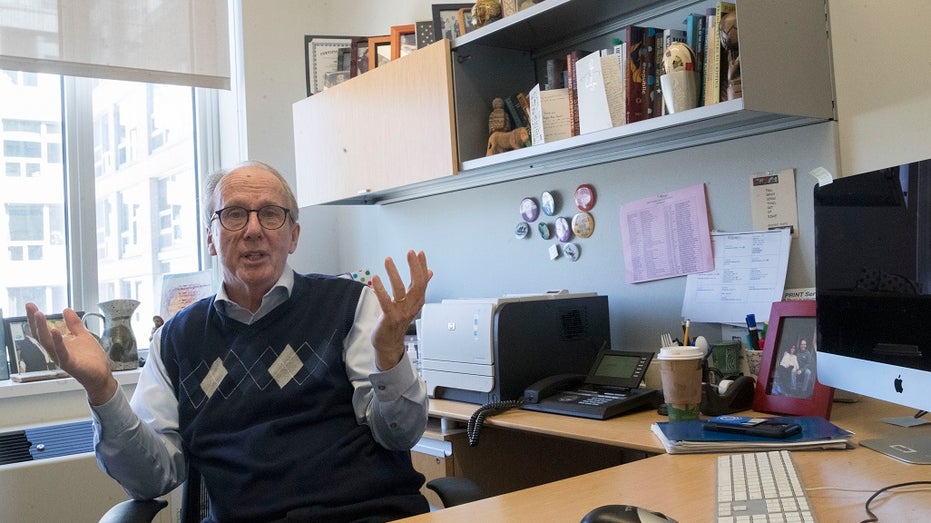Seniors more likely to work past 65 in these locations, survey says
A new analysis found seniors living in major metropolitan areas across the U.S., especially in the Northeast, were more likely to continue working past age 65 versus those in other areas around the country.
About 12 percent of counties in the U.S. with at least 6,000 residents have at least 21 percent of their seniors working or actively looking for jobs, according to an analysis of the Census’ 2017 American Community Survey report by The Associated Press-NORC Center for Public Affairs Research. Of that group, nearly 25 percent of the counties are located within the Northeast or in Maryland or Virginia. Nearly 15 percent of the counties are within 70 miles of New York, Boston, Philadelphia or Washington, D.C.
Jobs in those locations, focused largely in government, finance, law and academia, keep seniors working longer, analysts say.
Paul Irving, the chairman of the Milken Institute Center for Future of Aging, told The Associated Press that older workers could be a boon to regional economies, increasing tax revenues, stimulating growth with more consumer spending and providing additional talent and expertise at a time of low unemployment.
Two suburbs of Washington, D.C, Falls Church, Va., and Alexandria, Va., lead the way in terms of senior labor force participation, with rates of nearly 37 percent and nearly 30 percent, respectively.
However, large populous counties do not have a monopoly on senior participation in the labor force. Vermont, one of the least populous states, has two counties that rank among the top 100 and eight among the top 329 in terms of senior participation. Meanwhile, Colorado has six of the top 50 counties in both terms of senior labor force participation in 2017 and participation growth between 2009 and 2017.
States that have a low senior labor force participation in 2017 include Kentucky, Michigan, Georgia, Alabama, Florida and West Virginia, which collectively accounted for more than 50 percent of those bottom-ranking counties in terms of senior labor participation.
Senior participation contracted in more than 24 percent of counties between 2009 and 2017. Nearly 33 percent of those counties are located in Georgia, Texas, Missouri, Kentucky or North Carolina.
Experts told The Associated Press that the lower-ranking counties were missing out on the benefits of having a robust senior labor force.
"It's good for GDP growth overall and it's generally just good for the health of the overall economy," said Andrew Chamberlain, chief economist at employment hub Glassdoor.
CLICK HERE TO GET THE FOX BUSINESS APP
Steve Burghardt, a professor of social work at the City University of New York, told The Associated Press he was “fortunate” to enjoy his job at his age.

Steve Burghardt, a professor of social work at the City University of New York, gestures as he speaks in his office at Hunter College's Silberman School of Social Work. (AP)
"I consider myself to be a very fortunate person to still do what I loved at 27 at 74," Burghardt said. "I feel advantaged being in New York, where you're exposed to sights and sounds and differences that are always exposing me to new ways to understand myself and to learn from other people."
According to data from the Pew Research Center, the number of Americans above the traditional retirement age (65) remaining in the labor force, either part-time or full-time, climbed to nearly 19 percent in 2016, up from 12 percent in 2000. By 2020, the Labor Department forecasts that 25 percent of the labor force will consist of workers ages 55 and older, up from about 13 percent in 2000.
Fox Business’ Brittany De Lea and The Associated Press contributed to this report.




















